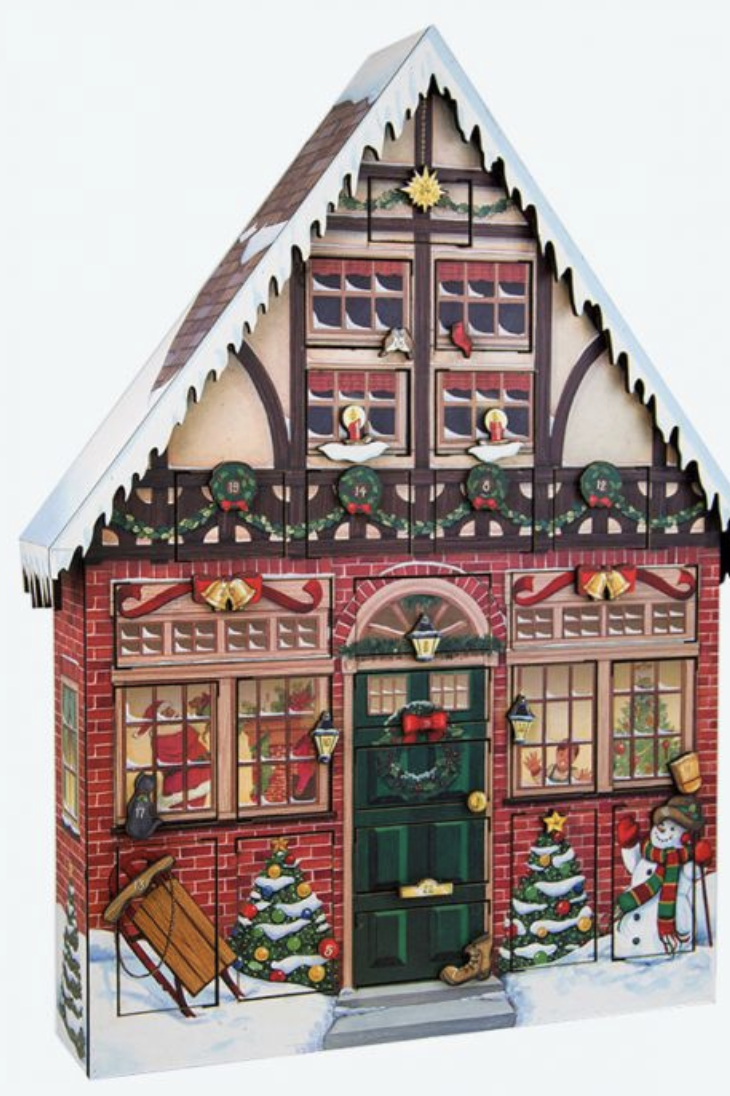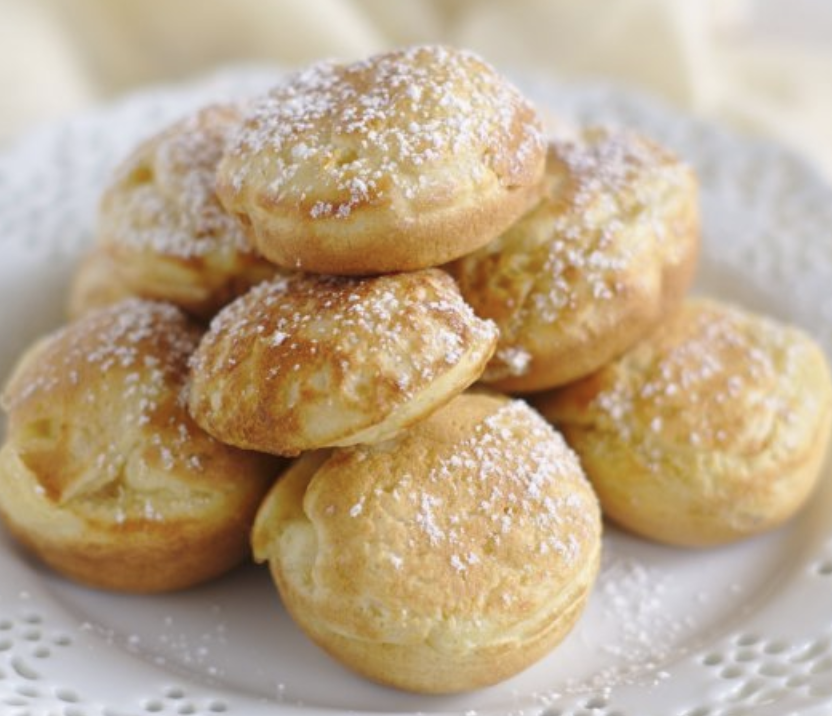White Rabbit is the first thing said on the first day of every month. It is meant to bring good luck and prosperity for those who participate. If words have already been spoken on the first, White Rabbit is not said.
The informant learned it from her family, specifically her dad, when she was younger. Her whole family participates. She follows this because she believes that if anything could possibly bring her good luck, it is worth doing. It is meaningful because she knows her family does it and it is something that she can share easily with her friends.
There are other additional forms of this same piece of folklore performed in different manners. Some other words are said instead of White Rabbit. My own family says Rabbit Rabbit on the first of every month. I learned it from my father, who learned it from an old colleague at work. Possible origins of this tradition could be the concept of the lucky rabbit’s foot, traditionally from a white rabbit. It could be a manifestation of this but in a less brutal manner.


